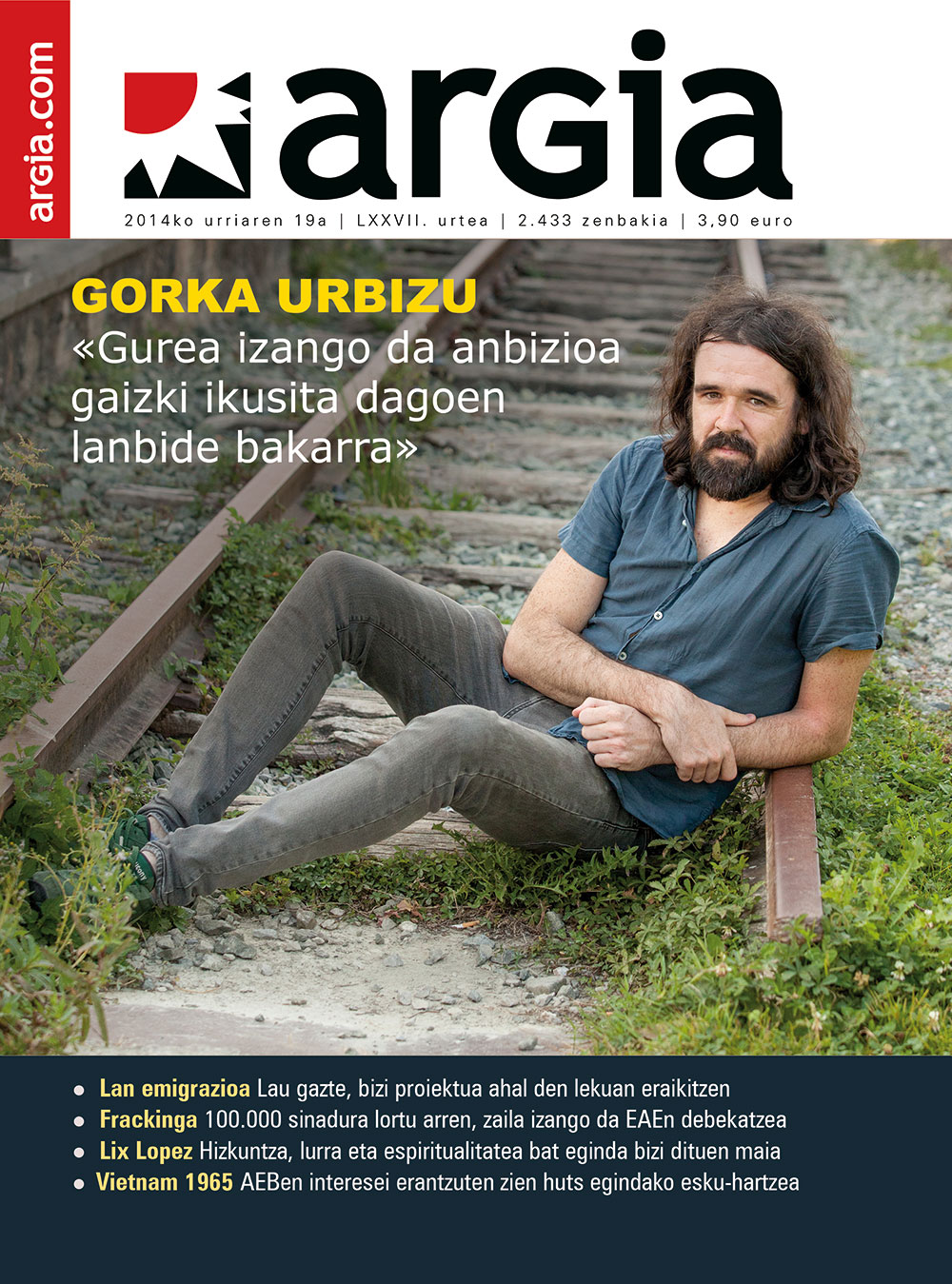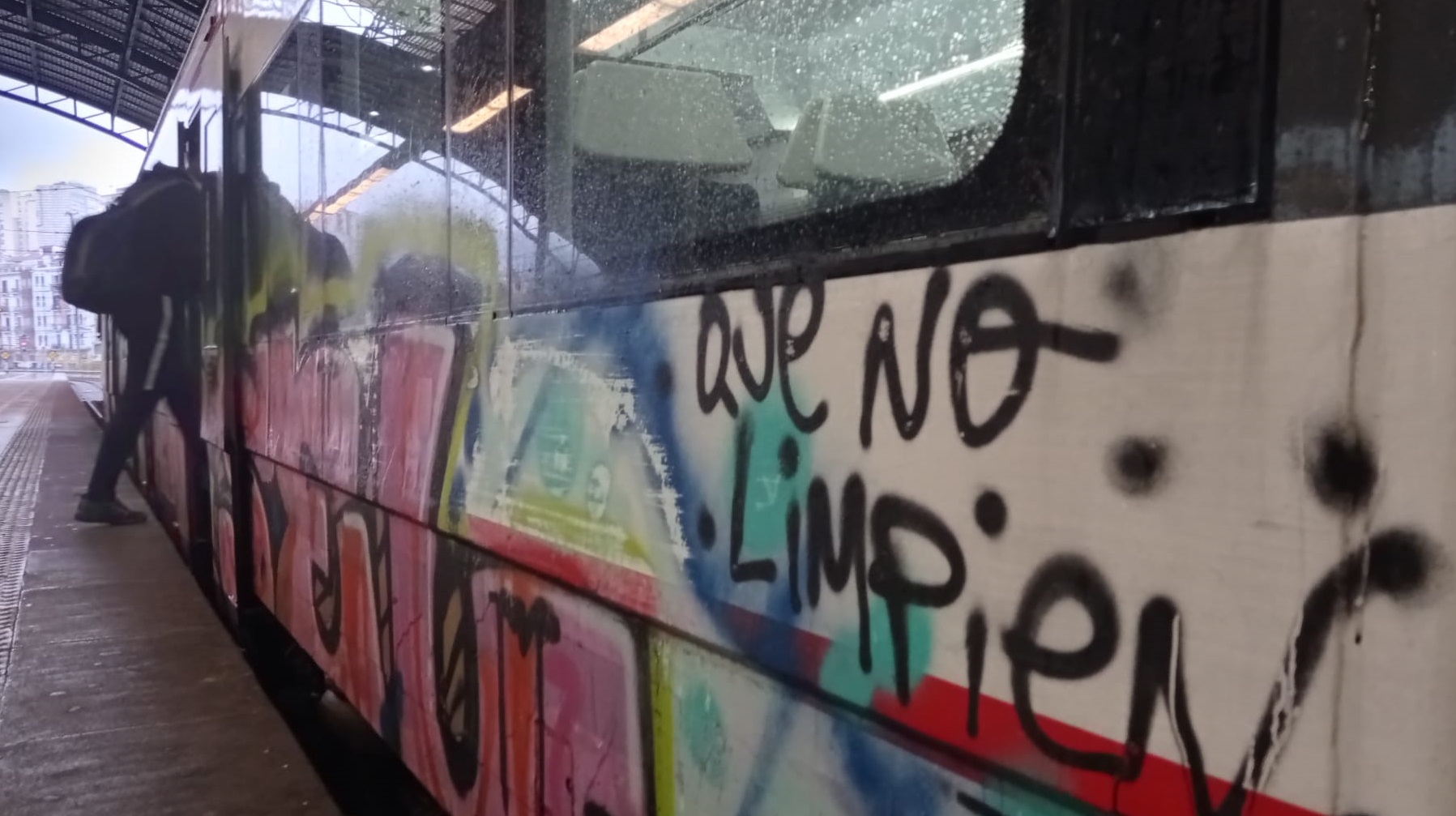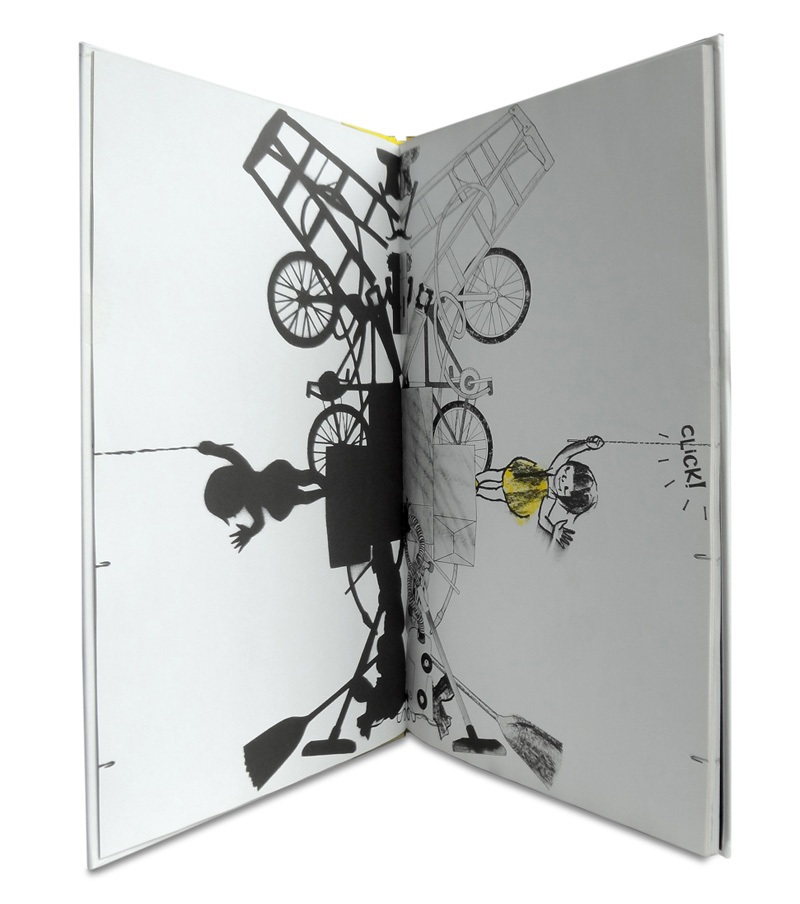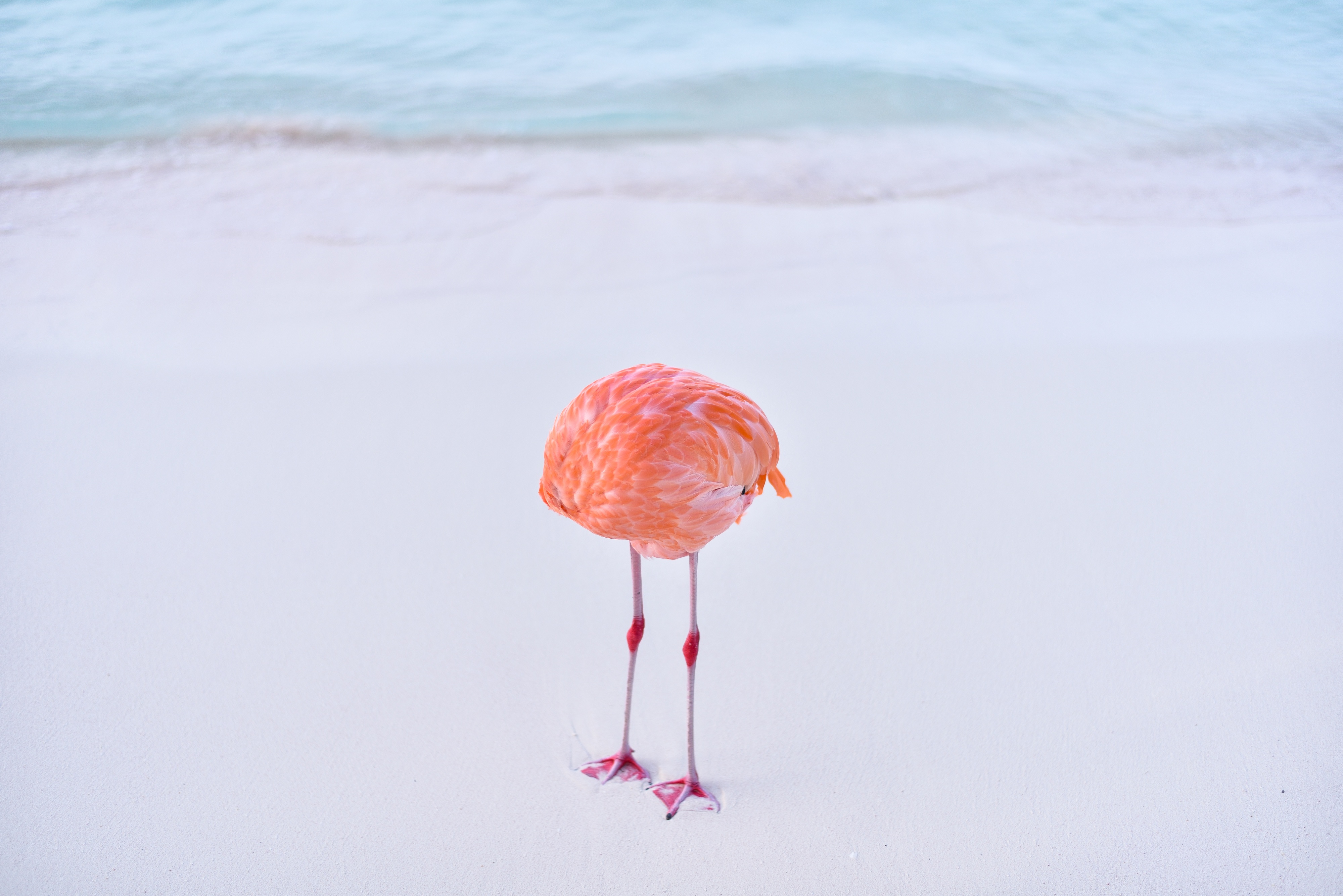Guggenheim filled with masterpieces
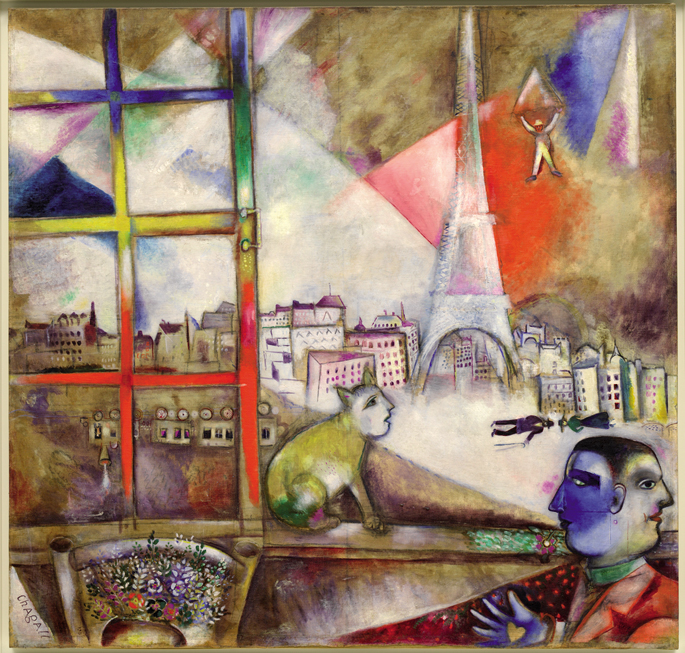
The jewels of the Solomon Guggenheim Foundation Collections form the art of our time, which can be seen until January 25. Exhibition Masterpieces of the Guggenheim Collections, which offers a broad perspective of the art of the 20th century. Born to mark the 20th anniversary of the agreement between the Foundation and the Museum of Bilbao, it dedicates a special space to Oteiza and Chillida.
The first part of the sample consists of 65 works, located on the third floor of the Bilbaíno museum. The second chapter, which will be inaugurated on 23 October, will occupy the remaining two floors, the Ertzaintza reported.
In order to highlight the collaboration between the North American Foundation and the Guggenheim-Bilbao Museum, in 1997 we want to recall the inaugural exhibition of the museum and offer the possibility of seeing the famous paintings that were placed in that exhibition again. However, in addition to the classics of their collections, you will also see new works of art that have consolidated and enriched their funds in the last twenty years, such as the Bilbao Circle (2000), made on board by the English artist Richard Long.
Following a chronological order, it shows part of the historical avant-garde of the early twentieth century (cubism, surrealism, fauvism, German and Austrian expressionism, among others). In room 305 and 306 we will see some of the paintings that today are classic. The exhibition curator, Lucia Agirre, told the media that “what was the art of the future, which in 1929 began to collect 8 compositions of Vasili Kandinski purchased by Solomon Guggenheim, exhibited in Bilbao, has become the art of our time.” The Nude of Amedeo Modigliani (1917), the Paris of Marc Chagall (1913), the White Bull of Franz Marcen (1911) or the Jarra and the Frutero of Pablo Picasso (1911) are some of them. We will also find other essential names to understand the development of the art of the last century, such as Piet Mondrian, Paul Klee, Georges Braque, Juan Gris, Joan Miró, Paul Delaunay… that made Paris the symbol of modernity.
Then Group II stood on a leap. The new artistic trends after the World War lead us to make a leap to New York, where we meet the Abstract Expressionism, precursor of Jackson Pollock and Max Rothko. The previous ones, in Europe, addressed new ways of representing reality. For their part, the painters of the postwar period gave importance to the use of techniques and colors. For emotion and spiritual states to appear in creation, they used new application procedures of painting (for example, Pollock put the canvases on the ground to throw the painting, without using the brush), as well as wide color planes (the latter is the path chosen by Rothko).
The rooms dedicated to Chillida and Oteiza are 304 and 301, respectively, with five sculptures each: The metaphysical boxes of the Oriotarra and the essays on the sphere (all of them from 1957-58, from the Biennial of Sao Paulo) and the large-scale works of the Donostia.
In the last two halls (302, 303) some of the most recent avant-garde – informalism, minimalism, conceptualism – prevail. It contains, for example, the Bilbao Longen Circle or the installation with Jannis Kounellis coal sheds, which have already been seen in Bilbao, but which, according to the Commissioner, can be rediscovered.
The art of our time. Masterpieces of the Guggenheim Collections
When: from September 23 to January 25 (closed Monday).
Where: Guggenheim Museum, Bilbao.
Entry: EUR 10 adults, under 12 years of age free.
This text comes two years later, but the calamities of drunks are like this. A surprising surprise happened in San Fermín Txikito: I met Maite Ciganda Azcarate, an art restorer and friend of a friend. That night he told me that he had been arranging two figures that could be... [+]
On Monday afternoon, I had already planned two documentaries carried out in the Basque Country. I am not particularly fond of documentaries, but Zinemaldia is often a good opportunity to set aside habits and traditions. I decided on the Pello Gutierrez Peñalba Replica a week... [+]









